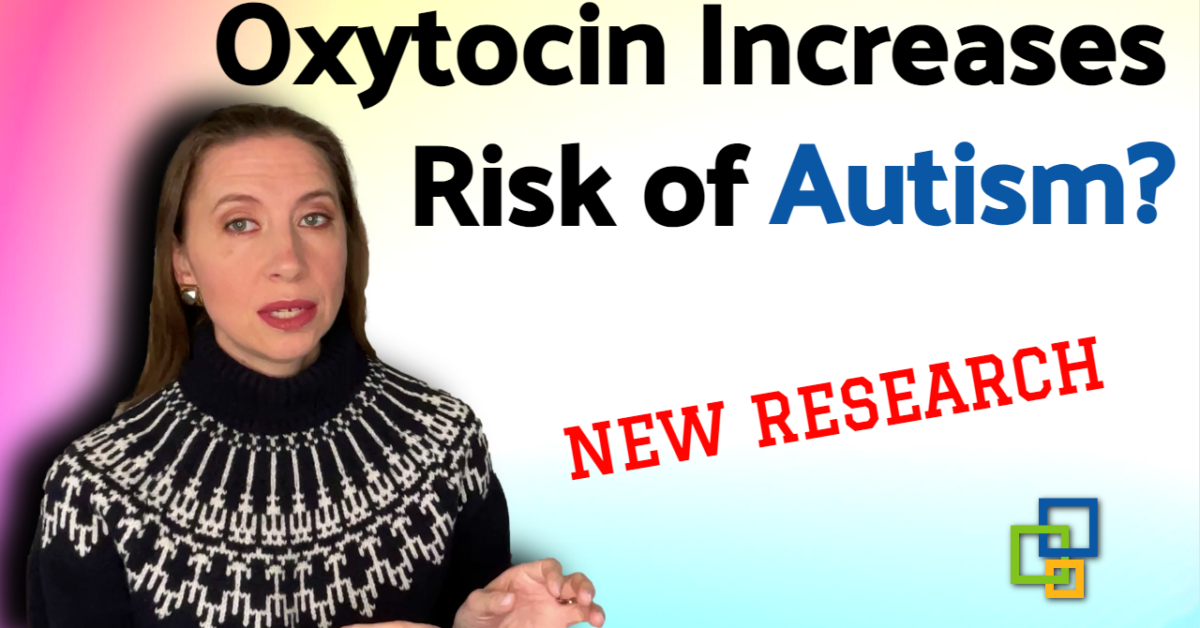Did you have oxytocin during your birth?
Oxytocin exposure during labor has been associated with an increased risk of autism and cognitive impairment. There’s not a direct causation link, but there is an association. Scientists are trying to determine if receiving external oxytocin may act as an early indicator of abnormal development in infants and then lead to autism.
Genetic factors also influence oxytocin. A research study tried to understand the influence of oxytocin exposure in relation to genetic variances and autism.
Come, learn the science with me…
Obstetric Risk Factors Some obstetric risk factors for autism have been identified as low birth weight, increased duration of gestation, induced labor, and intrapartum hypoxia. This research that I’m going to talk about today studied the association between oxytocin exposure during labor, genetic susceptibility, and general developmental delay in those with autism.
Very quickly, Oxytocin is a hormone and neuropeptide that is used for labor. It works to contract the uterus in order to induce or progress childbirth. Sometimes it’s also used after childbirth.
Study
The study that I’ll talk about today, participants were recruited at AMITEA, that’s in Spain. The inclusion criteria were clinical diagnosis of autism- over the age of three, Spanish as the mother tongue, and availability of data regarding oxytocin use during labor.
This study examined 143 patients with autism. The genetic analysis or Exome data collected through blood samples. They analyzed the role of rare De Novo variants across the 143 samples. They identified those with mutation, which is abbreviated OXT, and no mutation.
Results
The use of oxytocin during labor was linked to a higher number of obstetric complications and onset of autism symptoms within the first year.
This is where the genetic analysis comes in and those with the OXT mutation were found to have more severe symptoms of autism.
A higher concentration of oxytocin was also associated with increased severity of autism symptoms.
Conclusion
Here are the conclusions directly from the paper.
“Our results suggest that OXT subjects have a more severe phenotype likely associated with disruption of neurodevelopmental delayed genes, and lower contribution of polygenic load, whereas non-OXT subjects have a higher contribution from polygenic background.”
“Oxytocin seems to constitute a risk indicator rather than a risk factor for autism, which is relevant for diagnostic and genetic counseling.”
So as you can see here, the conclusion is a combination of genetic and environmental risk indicators and risk factors.
And here are some references:




